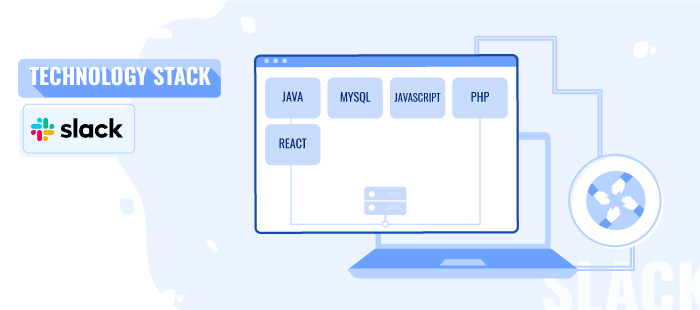


This blog is based on one of our popular webinars and has been completely revamped and updated for accuracy and comprehensiveness. Fortunately, adhering to a few simple Slack eDiscovery best practices can help you ensure that all relevant electronically stored information (ESI) is captured and preserved for future legal proceedings. With Slack’s adoption skyrocketing to over 18 million users and counting, an increasing number of companies find themselves facing requests to collect and produce Slack data (and in some instances, sanctions for failing to provide it). However, just as the legal industry had to quickly adapt to managing email and other electronic documents a few decades ago, eDiscovery practices must now evolve to address the challenges posed by business communications carried out through applications like Slack, which generate vast amounts of diverse data.

Not only does Slack enable seamless file sharing and smooth third-party integrations, but it also redefines inter-organizational communication by replacing traditional email, allowing teams to collaborate effectively online just as they would in person, and bridging the gap between people and projects. As work becomes more fast-paced, dynamic, and complex, Slack has emerged as one of the most popular instant communication platforms for modern workplaces.


 0 kommentar(er)
0 kommentar(er)
